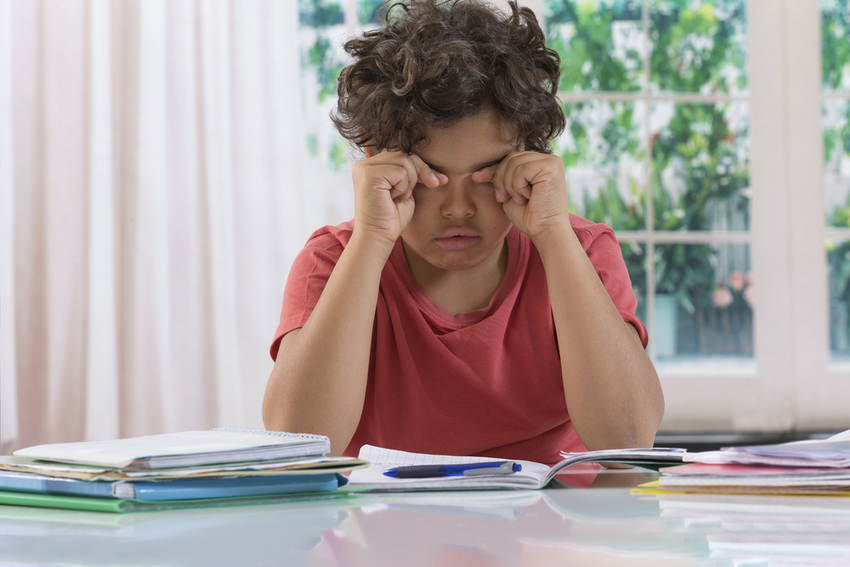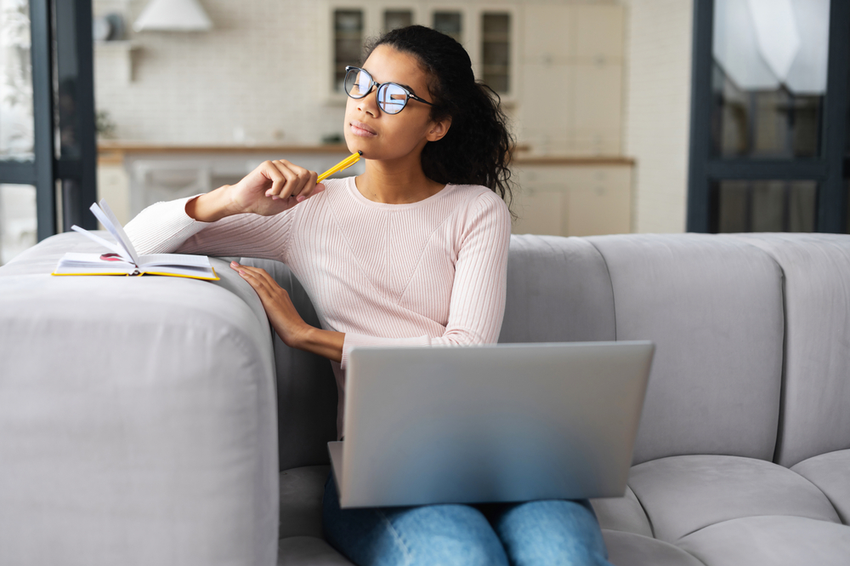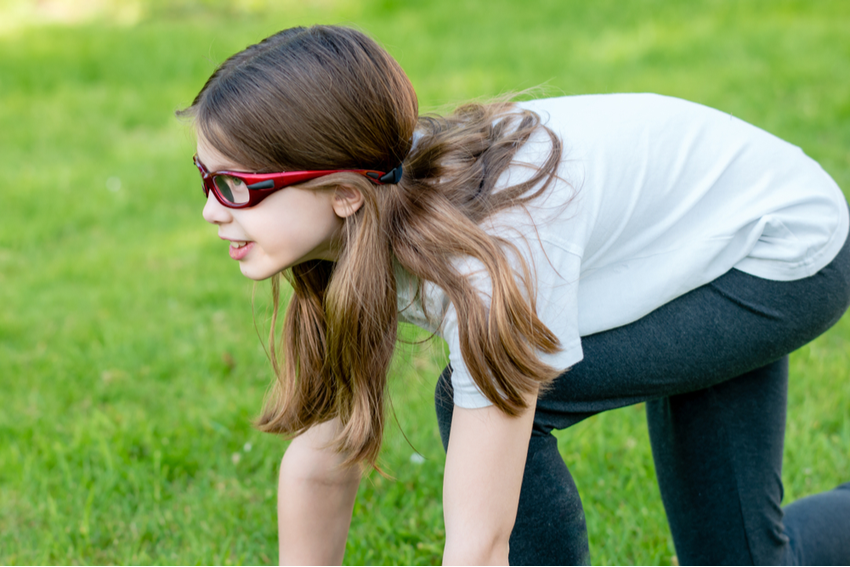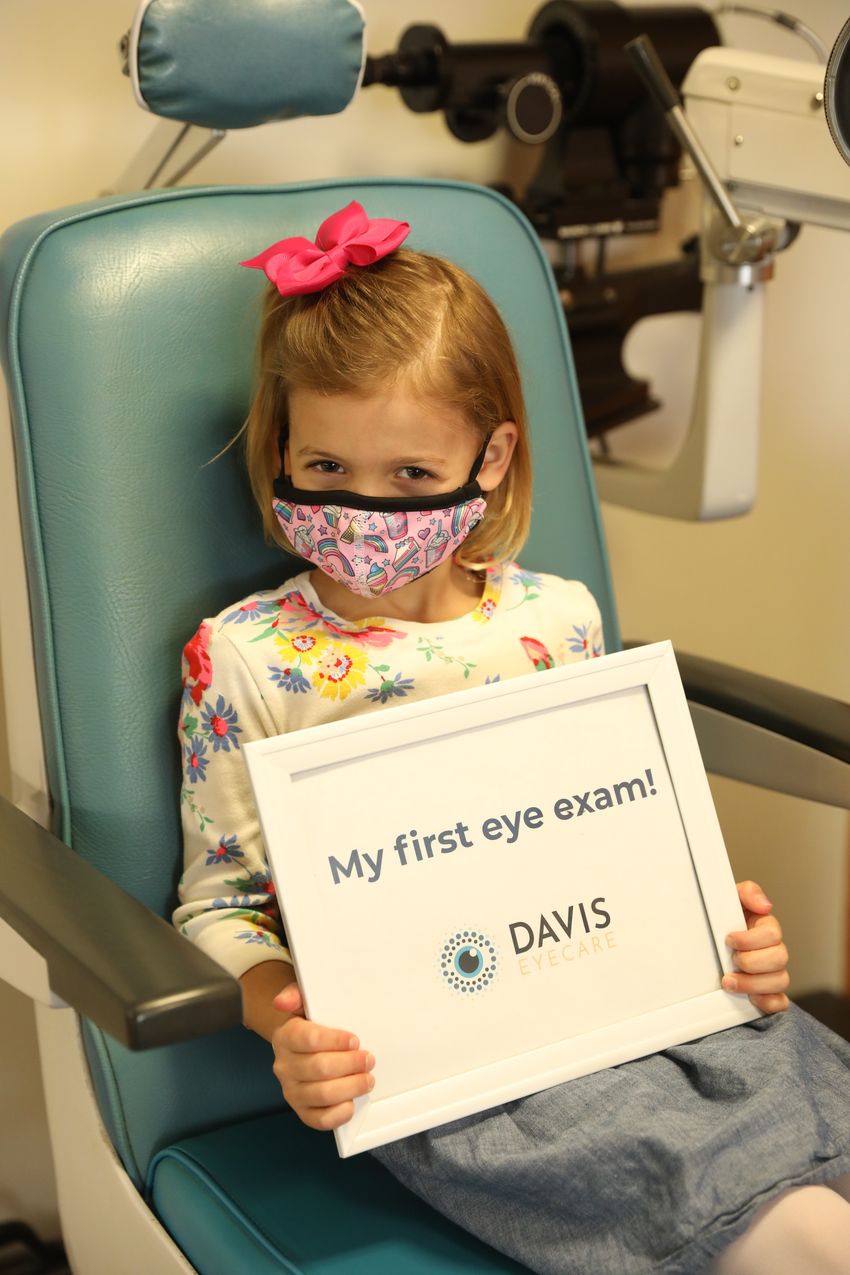Back to school children’s eyecare tips
Your child’s visual health is important, but it can be tricky to detect vision or eye health problems. Often, child vision problems are mistaken for poor academic behavior or learning difficulties, yet statistics show that 1 in every 4 school-age children and 1 in every 17 preschool-aged children have some form of vision problem requiring treatment. This is why both parents and teachers need to keep an eye on children’s eyecare regularly.
August is Children’s Eye Health and Safety Month. Here at Davis Eyecare Associates, we want to help you ensure your child always maintains the best vision and eye health possible. That’s why we’ve put together a list of tips for parents and educators on our top children’s eyecare tips to help them now that they’re back at school.

What are the most common symptoms of child vision problems?
Children often learn to quietly adapt to their vision problems as they don’t know any different, and so won’t know to tell their parents or teachers about them. This means these issues will go undiagnosed until your child has a comprehensive eye exam with an optometrist.
To ensure your child isn’t experiencing eyesight issues, it is important to watch for signs of poor vision, including:
- Squinting, holding a book too close, or sitting too close to the TV or digital devices
- Headaches
- Short attention span or poor behavior at home or in the classroom
- Sore eyes or excessive need to rub the eyes
- Trouble focusing or tracking an object

These seemingly normal behaviors for busy kids can be the first signs of a vision problem. If you notice your child doing any of these, it may be time to bring them for an eye exam.
What are the most common eye conditions for children?
Children can experience vision problems, some of which can become permanent later on, or cause more serious complications if they are left untreated in early childhood. The most common child vision or eye health problems include:
- Myopia (nearsightedness)
- Hyperopia (farsightedness)
- Amblyopia (lazy eye)
- Strabismus (squint)
- Conjunctivitis (pink eye)
How can I protect my child’s vision?
Follow the 20-20-20 rule

With kids using screens for hours on end every day, it’s important to ensure you are helping them to protect their eyes from the detrimental effects of digital eye strain, which includes, headaches, blurry vision, sensitivity to light, and dry eyes. Curb your child’s screen time, encouraging them to spend more time outside so their eyes can adjust to different distance, and while they are using digital devices, we recommend teaching them the 20-20-20 rule.
This involves taking a 20 second break every 20 minutes to look at something 20 feet into the distance, which will help alleviate the effects of prolonged screen time, reducing tiredness and eye irritation.
Wear the right eye protection

Whether your kids spend a lot of time in the sun or on the sports field, they should always wear the right eye protection. While playing sports, make sure children are wearing shatterproof, polycarbonate lenses in their frames that are fitted securely around their heads. We also provide specially designed sports glasses with ear grips that can be made up to prescription for children who play contact sports too.
Have regular eye exams

When should children have their first eye exam? We get asked this question a lot by parents! We have tested children as young as 3, and generally recommend that you bring your child in for their first eye exam when they turn 4 or 5, unless you notice any eye problems before then. Based on the result of their eye exam, we will then recommend whether they then need to be seen annually or every 2 years for a routine checkup. Our experienced optometrists can adapt eye exams for children who may not know how to read yet and will ensure they feel completely comfortable before beginning the test.
Although vision screenings at school are great for detecting potential issues with visual acuity, i.e., whether your child may need glasses to see clearly, they don’t examine eye health or binocular vision, which means how well the eyes are working together. These can be big indicators of issues of childhood eye conditions that have to be addressed before the age of 8 for successful treatment, which is why having a comprehensive eye exam with an optometrist is vital to monitor your child’s eyes.
Book a children’s eye exam

Our friendly and professional team have been helping parents protect their children’s eyes for decades. As one of the leading optometrists in Chicago with the latest equipment, services and treatments, we would be more than happy to discuss your child’s vision needs as well as vision insurance for children.
Book your child’s appointment online, or contact our office if you have any questions regarding their eyecare today!
